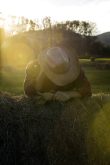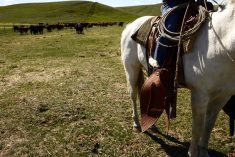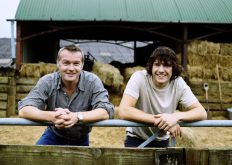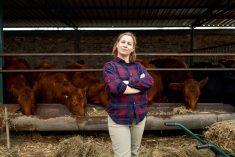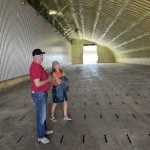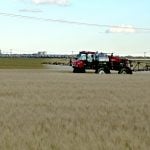Simon Sinek, author and inspirational speaker, has some very interesting ideas on our brain and how it works. He relates our conscious brain to being in the range of two feet. We can access all the information that is in that two-foot area to make quick decisions. This is also the logical, thinking, rational part of our brain.
The subconscious, on the other hand, has access to information from over 11 acres. Experiences, influences and many things that have happened over the years are what we access in the more “feeling” area of the brain. This “superpower” is accessed when we are not directly thinking about it. Consider the ideas you may get in the shower, when driving, or going for a walk, or for some even when they are sleeping.
Read Also
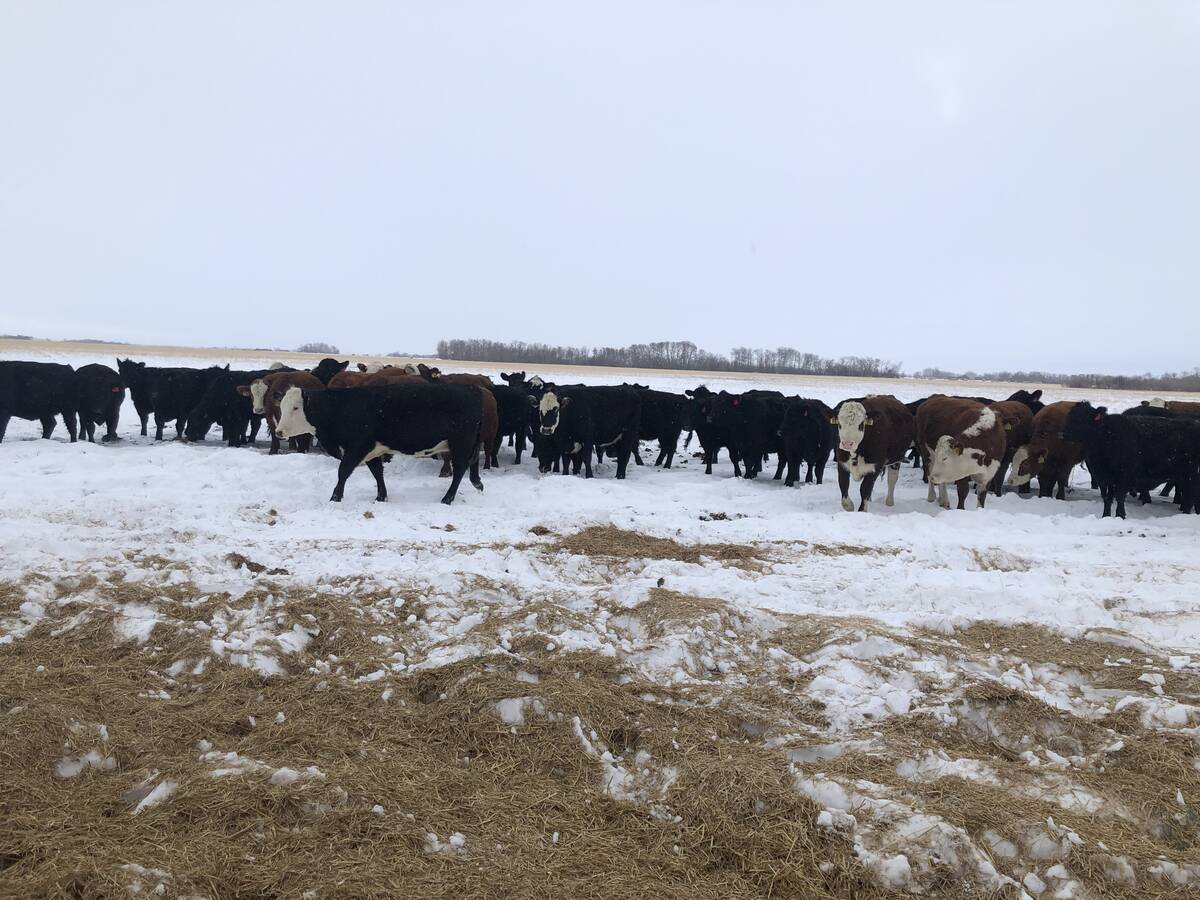
Picking the most efficient cows to rebuild your cow herd
A new cow ranking system to help beef farmers and ranchers pick the most efficient cows as they rebuild their herds.
When confronted with large and difficult decisions, Sinek suggests giving them some space, letting the ideas percolate and then coming back to them for better solutions. For brainstorming, the value is in asking the question, he says.
Perhaps it is age or the number of variables we are dealing with in agriculture, but it seems that we are often confronted with large and difficult decisions. Again, drought is a factor for many in Western Canada. Earlier this season, in some areas it was wildfires. On the good news side of things, the cattle market is at historic highs, which is something to keep in mind when it feels like all the world is negative.
In Making A Good Brain Great, author and neuroscientist Dr. Daniel G. Amen, says your brain is the command-and-control centre that runs your life. He also says that brains are like faces in that everyone’s brain is different. In his book, he references nine brain-centred principles:
- Your brain is involved in everything you do.
- When your brain works right, you work right.
- Your brain is the most complicated organ in the universe.
- Your brain is very soft, housed in a very hard skull.
- You can know and heal the brain systems that run your life.
- One size does not fit everyone.
- How do you know unless you look? Images of the brain can provide valuable information.
- You can change your brain and change your life.
- The perfect brain is a myth.
Amen says: “In order to have your best life, you must have a brain that works at its best.” He has worked with and scanned over 30,000 brains in his work. “The great news is that the brain is malleable and able to change.” But it requires active pursuit, just as with other improvement strategies.
Eating right, enough sleep, good nutrition, and physical and mental exercise are just some of the ways to support good brain health.
Susie Moore is a life coach, author and host of the podcast Let it be Easy. Moore recommends we ask ourselves the following questions when our situations seem overwhelming:
- How serious is this really?
- What are my options? She stresses the importance of being in a clear and calm headspace to come up with the options.
- What is the path of least resistance or easiest option?
The strategy is helpful on an individual basis but can also benefit teams. It is not easy for everyone to get into a clear and calm headspace when under stress, so maybe that should be the first question. Also, consider what your self from five years ago would think about your current situation. Chances are you have achieved many of your goals.
Most significant goals take time as we know. Continuing to move toward those goals can be hard when progress is slow. Break it down into smaller steps. We have momentum at the beginning and as we near the finish line. It is in that middle ground that progress can seem to stand still. Fencing projects immediately come to mind as a concrete example of this.
If it is a more serious mental health situation, more supports are available in our industry. The Do More Ag Foundation offers numerous options. AgKnow.ca is another resource that is focused on outcomes and recovery. They have a network of therapists and specialists who are connected and well-versed in agriculture. A free session pilot is also available along with links to other resources. Part of their project is focused on transition/succession planning research.
Going back to our brain, we need to be intentional about our thoughts. Some days are not going to be great. But if we can create techniques to switch back to the positive track, we will build new pathways in our brains. It does require repetition and practice, though. Being connected with nature is often recommended and in this business, we are lucky to be immersed in it all the time.
As they say, “You have got through 100 per cent of your challenges up to now!” Not sure how many droughts we will experience in our lifetime, but we got through the last one and we will get through this one. Our operations may look different on the other side, but perhaps they will be better and stronger.
The great news, according to Amen, “is that the brain is malleable and able to change.”
Watch our Depth of Field video extras all in one place, here!




